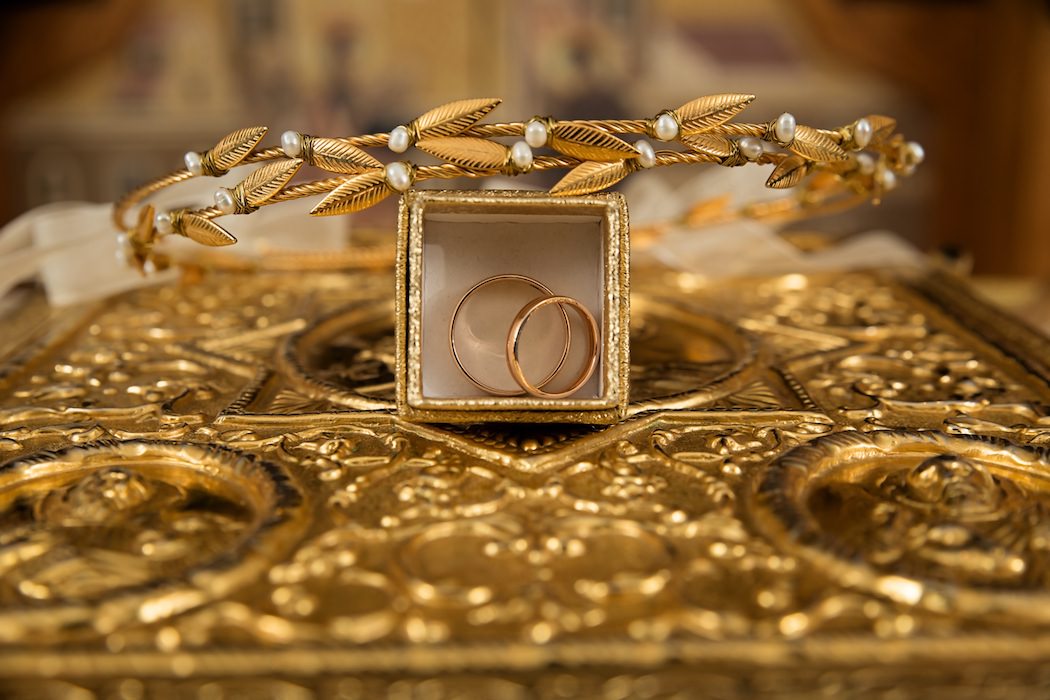
How To Calculate Pure Gold Content Percentage
Share
You know your gold jewelry is 14k, or 10k, or one of the other many popular karat weights that exist, but what does it all mean? You might have heard that 10k gold is stronger than 14k gold, or you might have noticed that 18k gold is more expensive than 14k gold, but why? It all has to do with the amount, percentage to be precise, of pure gold content alloyed into your jewelry. We'll show you how to calculate the pure gold content in any karat weight and make an educated decisions when it comes to purchasing or selling gold items and jewelry!
WHAT IS KARAT WEIGHT?
Karat is a measure of gold fineness used in the United States. Outside of the US, it's commonly spelled as "carat" which can get really confusing since that's ALSO the unit of weight used to measure diamonds and gems. Put simply it is the amount of pure gold alloyed into a piece of jewelry or gold work. Put not so simply, a gold karat is 1/24 part, or 4.1667% of the whole, and the karat weight number indicates how many parts of gold to parts of alloy are in a piece.
24k gold is 100 parts gold or 100%. 16 karat gold is 16 parts gold to 8 parts other material for a pure gold percentage of 67%.
Don't worry if this is a little confusing, we'll simplify this horrific flashback to math class with an easy to remember process below and a handy-dandy gold content chart to boot!

WHAT IS AN ALLOY?
An ally is any mix of metal with other metals, or even non-metals, used to give the material certain desired properties, like: increased hardness, variations is color, lower melting points, higher melting points, or even lower price points as is sometimes the case in gold and jewelry.
WHY IS GOLD ALLOYED?
Gold is alloyed because in it's purest form, it's too soft for jewelry. It can easily be bent with the bare hand, or scratched, or marred. By alloying pure gold with other metals the resulting mixture is strengthened to fit a specific usage or market. It's also alloyed to help reduce the cost and make it more accessible to wider range of potential customers/owners. This is why generally you'll see 10k jewelry at a lower price point in comparison to, say, 18k or 22k jewelry -the amount of pure gold is higher or lower, which affects the price.
WHAT YOU NEED TO KNOW HOW TO CALCULATE GOLD PERCENTAGE
Educated purchases and decisions are important, in all facets of life, but especially when it comes to spending your hard earned money. Gold and jewelry is no different. When purchasing or selling gold it's very important to know exactly why something is priced the way that it is.
Knowing the pure gold content in a piece helps you eliminate some outside influencing factors and break down the price to its simplest form: the gold.
HOW TO CLCULATE PURE GOLD CONTENT PERCENTAGE
FIRST DETERMINE THE KARAT WEIGHT OF THE GOLD IN QUESTION.
Look for any hallmarks on the piece. Commonly you'll see 10k, 14k, 18k, and 22k.
Occasionally, if you see see numbers like: 417, 583 or 585, 750, and 916, then you're in luck! All the hard work is already done. These are the actual percentages of gold represented as decimal numbers. All you have to do is drop the 3rd number and that's your gold percentage. So if you see 750 (18k), drop the 0, and you're left with 75 or 75% pure gold.
Caution: If you see "925" that's silver. If it looks gold, and is marked with 925, it's gold plated silver. There is no karat weight for gold that equates to 92.5% pure gold content.
MAKE YOUR CALCULATIONS

Math class refresher time!
Karat is the standard 10k, 14, etc. divided by 24. This is always displayed as a 0.xxx decimal percentage. We multiply this number by 100 to give us X or our gold percentage. $${Karat\over24}*100= x$$
The above formula is boring and kind of tedious.
The easiest way to think of this is as a fraction, you're calculating parts per 100. In this case, 24 is 100, because 24k is as pure as you can get when it comes to gold. Simply take the karat weight of the piece in question, and divide it by 24, then the first two numbers following the decimal point are your percentage. It's that easy.
Example for 14k: 14k/24k = 0.583. Remove the "0." and the third number and you're left with "58" or 58%. Boom.
GOLD PURITY CHART
To make things as easy as possible, we've included a nifty little chart for your convenience.

Easy to use and quick gold purity chart. Calculate at a glance the pure gold content percentage in your jewelry.